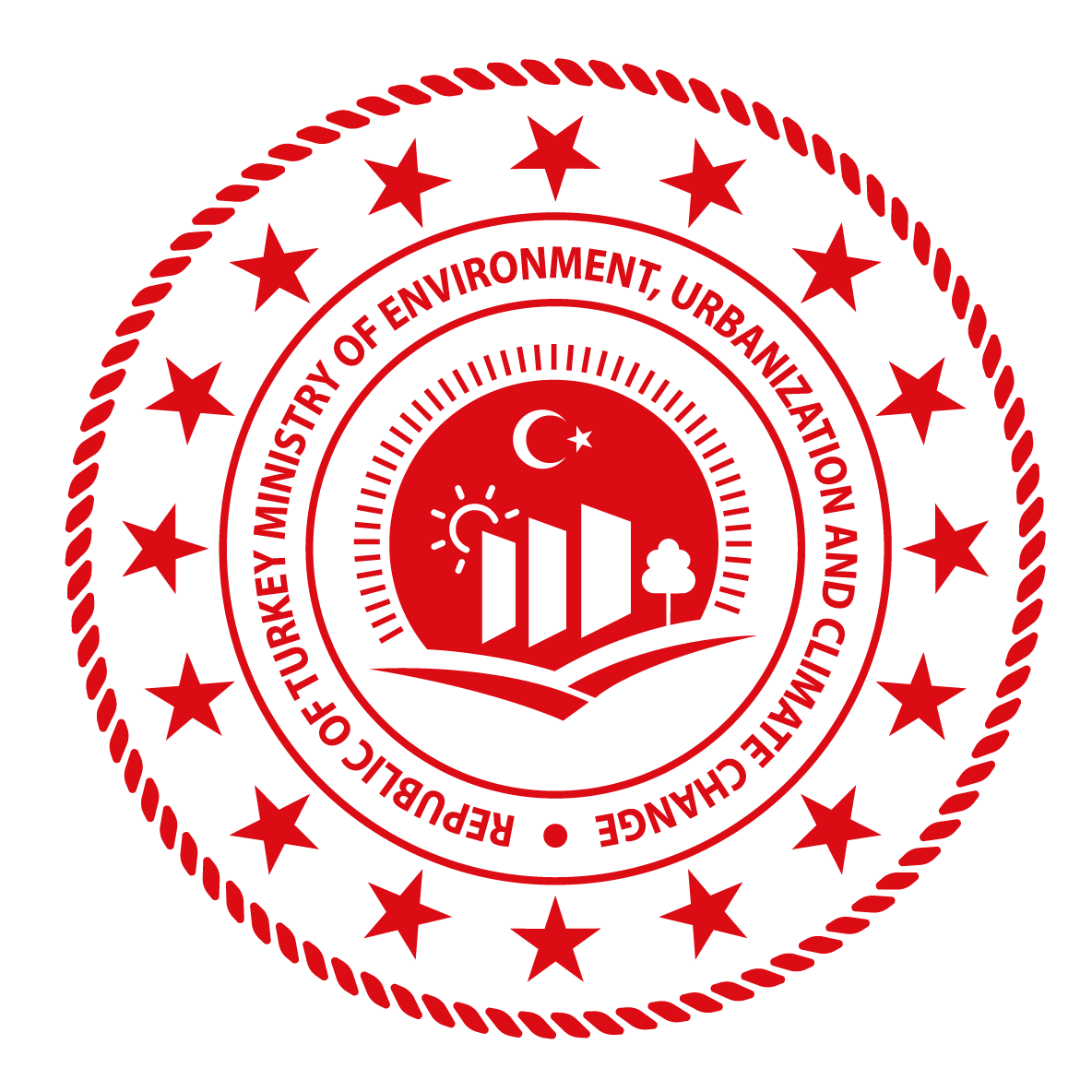 The main beneficiary institution is the Ministry of Environment and Urbanisation (General Directorate of Environmental Management).
The main beneficiary institution is the Ministry of Environment and Urbanisation (General Directorate of Environmental Management).
Ministry of Environment and Urbanisation and Climate Change
In 2011 the former Ministry of Environment and Forestry was transformed into the Ministry of Environment and Urbanisation and the Ministry of Forestry and Water Affairs (see Decree No. 644 and 645 of 4 July 2011).
The MoEU is empowered to establish principles of national policy and related plans, programmes and legislation for environmental and urban protection and improvement, as well as for prevention of environmental pollution. The MoEU’s prime responsibilities relate to:
- Development of environmental policies and strategies;
- Introduction of clean production and use of renewable resources;
- Drafting of laws and internal rules on environment and urbanisation;
- Permitting and licensing;
- Planning and supervising environmental designs and activities affecting the environment;
- Law enforcement;
- Coordination of environmental activities on research; carrying out trainings;
- Coordination of stakeholders on environmental issues;
- Coordination of Chapter 27 (Environment) Accession Negotiations and progress reporting on Approximation to the Ministry of EU Affairs.
The MoEU consists of the following General Directorates (GD): Geographical Information Systems, Spatial Planning, Environmental Management, Environmental Impact Assessment, Permitting and Inspection, Infrastructure Services, Vocational Services, Protection of Natural Assets, Land Registry and Cadastre, Bank of Provinces, and Construction Services. The Ministry’s organisation includes different Departments coordinated by the Undersecretary subordinated to the Minister.
The GD for Environmental Management (GDEM) is the main Beneficiary of the project and the most significant entity for its successful implementation. GDEM is sub-divided into seven Departments, of which the Air Management Department is the key organisational entity for this project. The responsibilities of the Air Management Department inter alia include:
- Transposition and implementation of all air related EU Directives;
- Preparation of emission projections;
- Determination of emission ceilings;
- Development and implementation of air pollution relevant legislation;
- Preparation of air pollutants national inventory; and other.
More specific the Air Management Department’s Industrial Air Pollution and IPPC Division is the unit that benefits most of the project. This Division is responsible for the transposition and implementation of the IPPC and Solvent chapters of the EU Industrial Emissions Directive which includes a significant part of the provisions that apply to Large Combustion Plants covered by this project.
The General Directorate for EIA, Permitting and Inspection exercises its powers in the fields of Permitting and Licencing, EIA Monitoring and Environment Inspection, Measurement and Monitoring, Environment Inventory and Information Management, Strategic Environmental Assessment. This GD has an important role in the issuance, inspection and enforcement of the permits that are obligatory for the operation of LCPs.
Provincial Environmental Directorates
Authorities are divided over two levels of Government, national and local. The national administration works at central and provincial, and in some cases at regional level. The MoEU, like most ministries, has its extended hand in Provincial Environmental Directorates. Provincial Directorates are assigned to implement environmental legislation. They recognise four organisational groups: Environmental Management, Environmental Impact Assessment, Permitting, and Inspection. The provincial environmental employees are appointed by the Ministry and headed by a Provincial Director.
Permitting
A permitting system has been developed by the adoption of the By-Law on Permits and Licenses Required in Accordance with the Environmental Law, according to which the so-called Annex 1 facilities are regulated by the Ministry, whilst the Annex 2 or less polluting ones are under the jurisdiction of the Provincial Directorates and in some cases of the municipalities. The Turkish permit issuance system is fragmented according to emission sources and media. It is currently in the transitional period from media-based to integrated permitting. No public participation is foreseen yet, but the intention is to include it in the IPPC permitting process.
Inspection
Provincial Directorates carry out inspections on behalf of the MoEU which performs regular inspections and in particular occasions, including situations when the installations represent technically and environmentally complex cases.
The key persons that are involved in the project on behalf of the MoEU are:
- Betül Aydın – Head of the Air Management Department and Delegate SPO
- Ülkü Füsun Ertürk – Project Coordinator